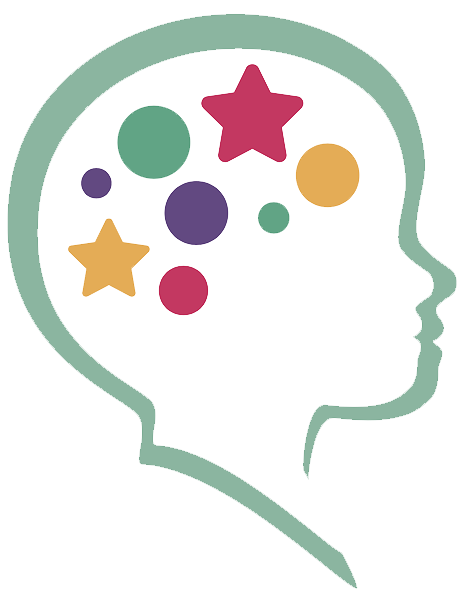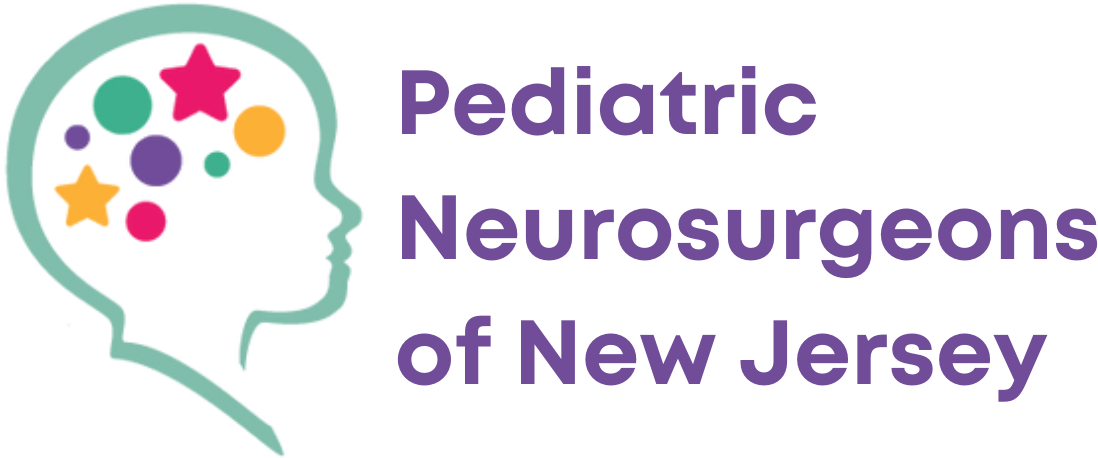Congenital malformations of the brain and spine are structural abnormalities that occur during fetal development. These conditions, present at birth, can affect the brain, spinal cord, or both, leading to a wide range of neurological and physical challenges. At Pediatric Neurosurgeons of New Jersey, we specialize in providing expert care for children with congenital spine and brain malformations in Bergen County to improve their quality of life through compassionate and dedicated treatment.
The Anatomy of The Brain
The human brain is a complex organ composed of various regions responsible for controlling different functions. Congenital brain malformations can manifest in various ways, affecting cognitive, motor, and sensory functions. These anomalies often result from disrupted neural tube development during fetal growth, leading to conditions such as neural tube defects, holoprosencephaly, and Dandy-Walker malformation.

The Anatomy of The Spine
The spine plays a vital role in protecting the spinal cord, which carries signals between the brain and the body. Congenital spinal malformations, such as spina bifida and tethered spinal cord, can disrupt this delicate balance. These anomalies may lead to problems with motor function, sensation, and organ control below the level of the malformation.
The Prevalence
The prevalence of congenital malformations of the brain and spine varies, with different conditions displaying different prevalence rates. Neural tube defects are the most common, occurring in 0.2 to 11 in 1,000 live births. Cleft lip and palate are more common, with 1 in 1,600 infants born with these conditions. Meanwhile, syndromes like Apert and Crouzon are rare, affecting an estimated 1 in 65,000 to 200,000 births.
Risk Factors for Congenital Malformations:
- Family history of congenital brain malformations in Totowa.
- Certain maternal health issues, like poorly controlled diabetes or obesity.
- Exposure to specific medications, alcohol, tobacco, or illicit drugs during pregnancy.
- Prenatal exposure to environmental toxins or radiation.
- Inadequate maternal nutrition, especially a deficiency in folic acid.
- Certain maternal infections during pregnancy.
- Twins or higher-order multiple pregnancies.

The Conditions Treated:
- Neural Tube Defects: These are malformations that occur when the neural tube, which develops into the brain and spinal cord, doesn’t close properly during early pregnancy.
- Spina Bifida: A neural tube defect that occurs when the spine and spinal cord don’t form correctly, resulting in degrees of paralysis, bladder and bowel problems, and sensory deficits.
- Apert Syndrome: A rare disorder characterized by the premature fusion of the skull bones, leading to an abnormal head shape and hand and foot abnormalities.
- Crouzon Syndrome: Another genetic disorder characterized by the premature fusion of skull bones, leading to facial and head deformities. It can also affect vision and hearing.
- Cleft Lip and Cleft Palate: Cleft lip involves a split in the upper lip, while cleft palate is a split in the roof of the mouth. These conditions affect feeding, speech, and facial appearance.
- Holoprosencephaly: A rare disorder where the brain doesn’t divide into distinct hemispheres as it should during fetal development. This can result in varying degrees of abnormalities and brain malformations in Bergen County.
- Dandy-Walker Malformation: The formation of a cyst within the posterior fossa of the brain, often leading to hydrocephalus (excessive accumulation of cerebrospinal fluid).
- Chiari Malformation: The downward displacement of the cerebellar tonsils through the opening at the base of the skull, leading to varying degrees of severity and symptoms.
- Tethered Spinal Cord: Occurs when the spinal cord attaches to surrounding tissues, restricting its movement. This can lead to neurological deficits and other complications.
- Arnold-Chiari Malformation: The downward displacement of the cerebellar tonsils and brainstem through the foramen magnum (the opening at the base of the skull).
- Hydrocephalus: It is characterized by the buildup of cerebrospinal fluid in the brain’s ventricles, leading to increased intracranial pressure.
These congenital malformations can vary in severity, and early diagnosis and appropriate medical management are essential for the best possible outcomes in affected children. Our craniofacial program is one of the largest in New Jersey, and we specialize in diagnosing and treating rare and common syndromes.
The Diagnosis
Diagnosing congenital brain malformations in Bergen County and malformations of the spine typically begins with prenatal screening and continues after birth. Advanced imaging techniques such as ultrasound, MRI, and CT scans assess fetal development and confirm or identify anomalies. In some cases, genetic testing may be recommended. After birth, a physical examination and further diagnostic tests are conducted to precisely identify the condition’s extent and impact.
The Treatment
The treatment of congenital malformations of the brain and spine is highly individualized and tailored to the specific condition and its severity. Treatment options may include surgical interventions, medical therapies, and rehabilitative solutions to address functional and developmental needs. Early intervention is crucial to optimizing outcomes and enhancing the quality of life for children affected by these congenital conditions. Our team is committed to providing comprehensive and compassionate care throughout your child’s treatment.

Schedule Your Consultation
Dr. Tim Vogel is an internationally renowned, board-certified pediatric neurosurgeon with extensive expertise in congenital brain malformations in Bergen County as well as malformations of the spine. With a commitment to compassionate, family-centered care, Dr. Vogel and our team at Pediatric Neurosurgeons of New Jersey are here to help. If you have concerns about your child’s health, please schedule an appointment with Dr. Vogel. We offer prompt same-day and next-day appointments.

